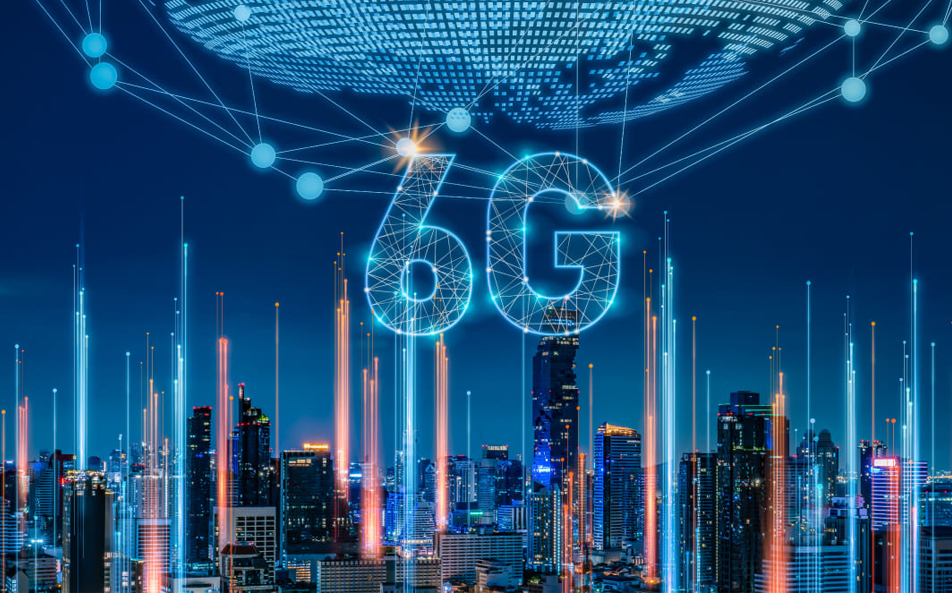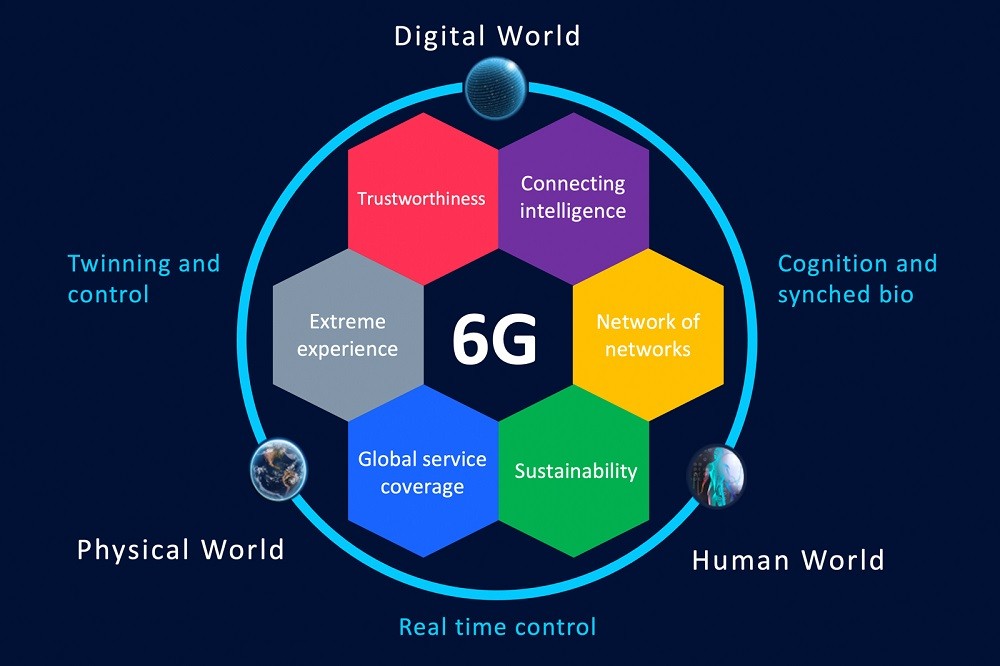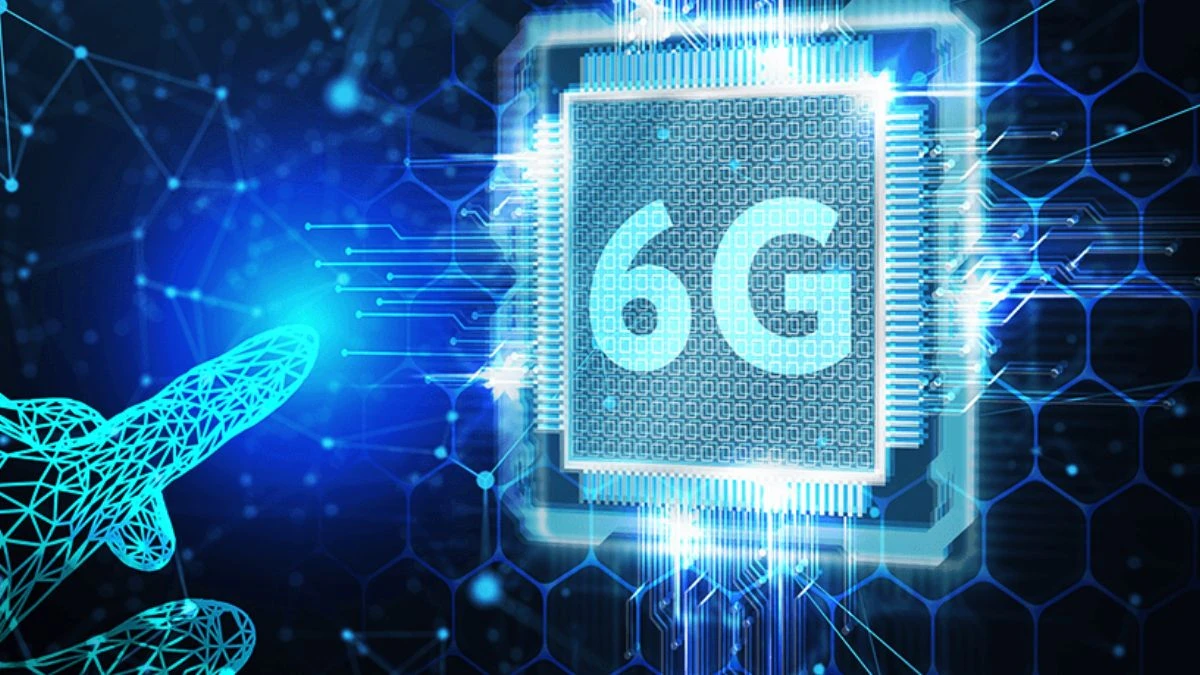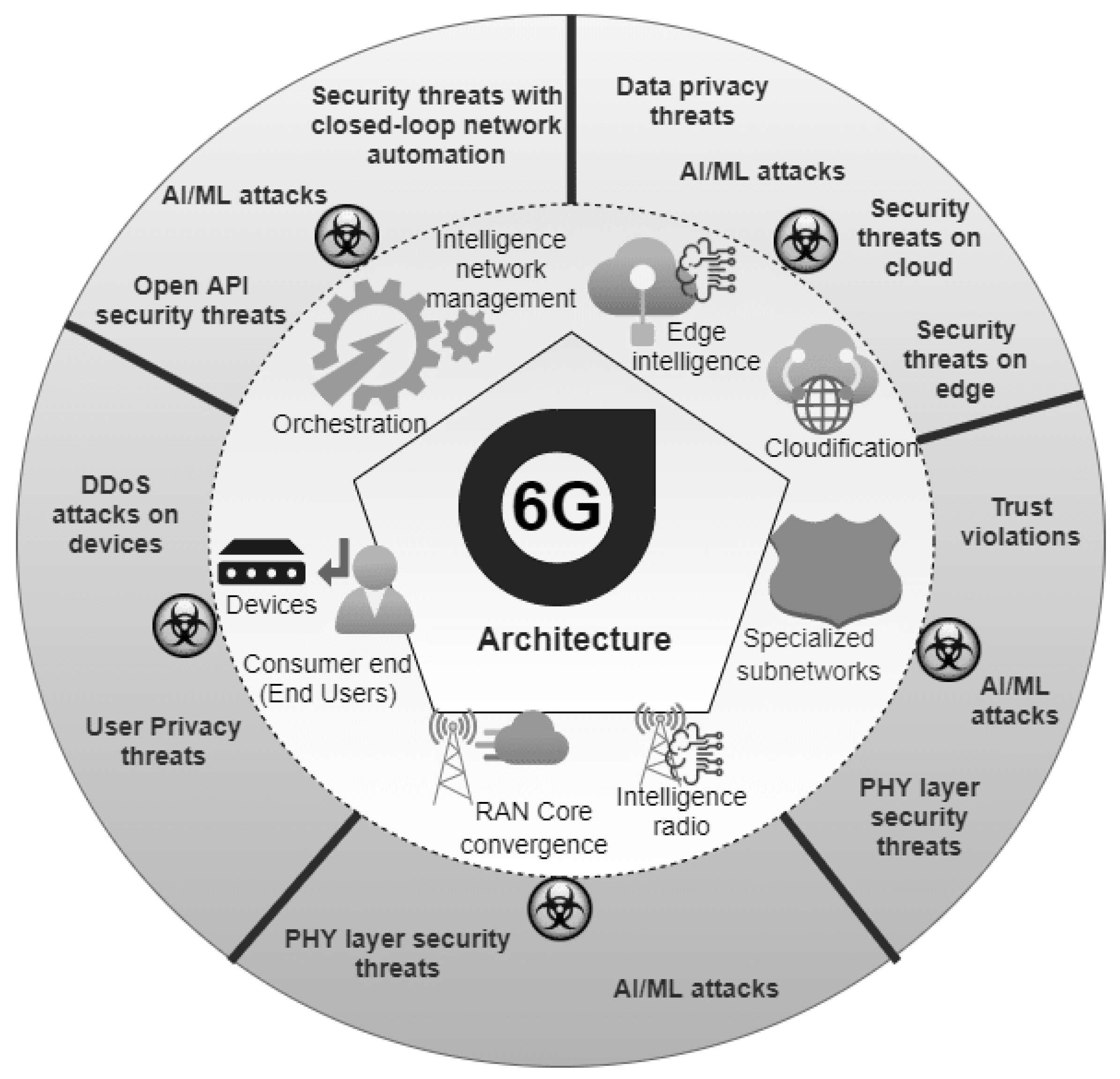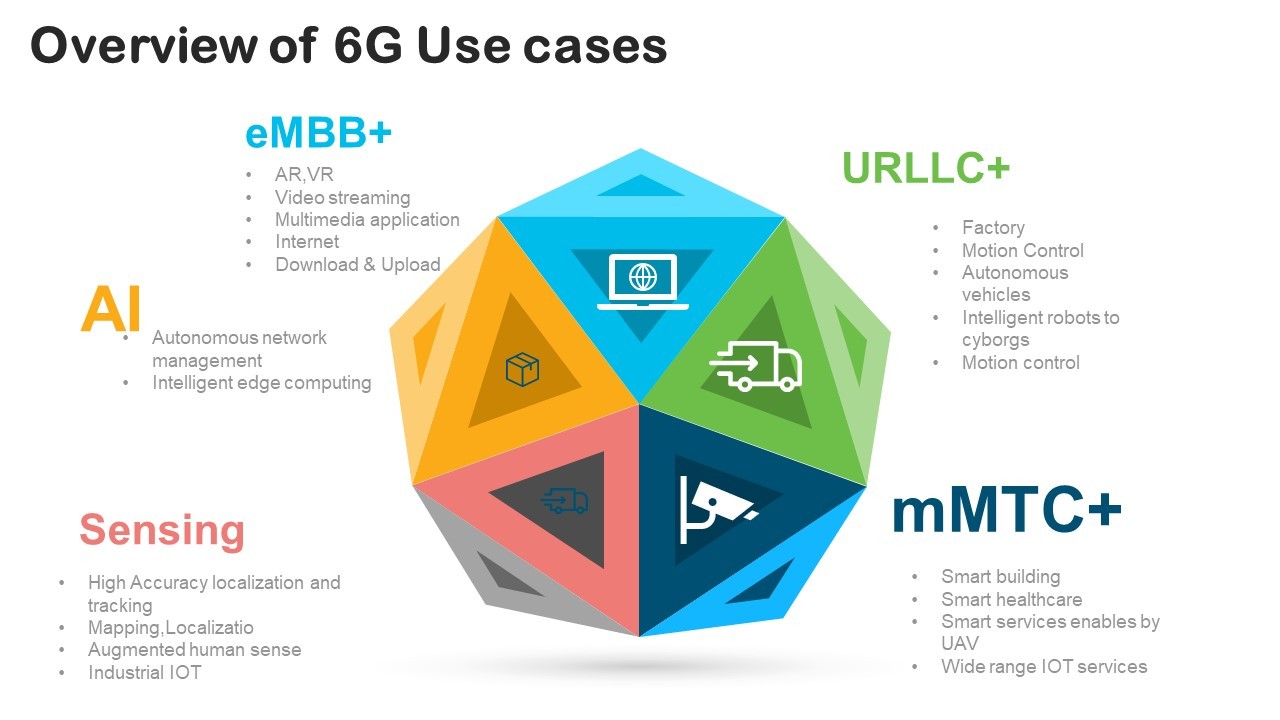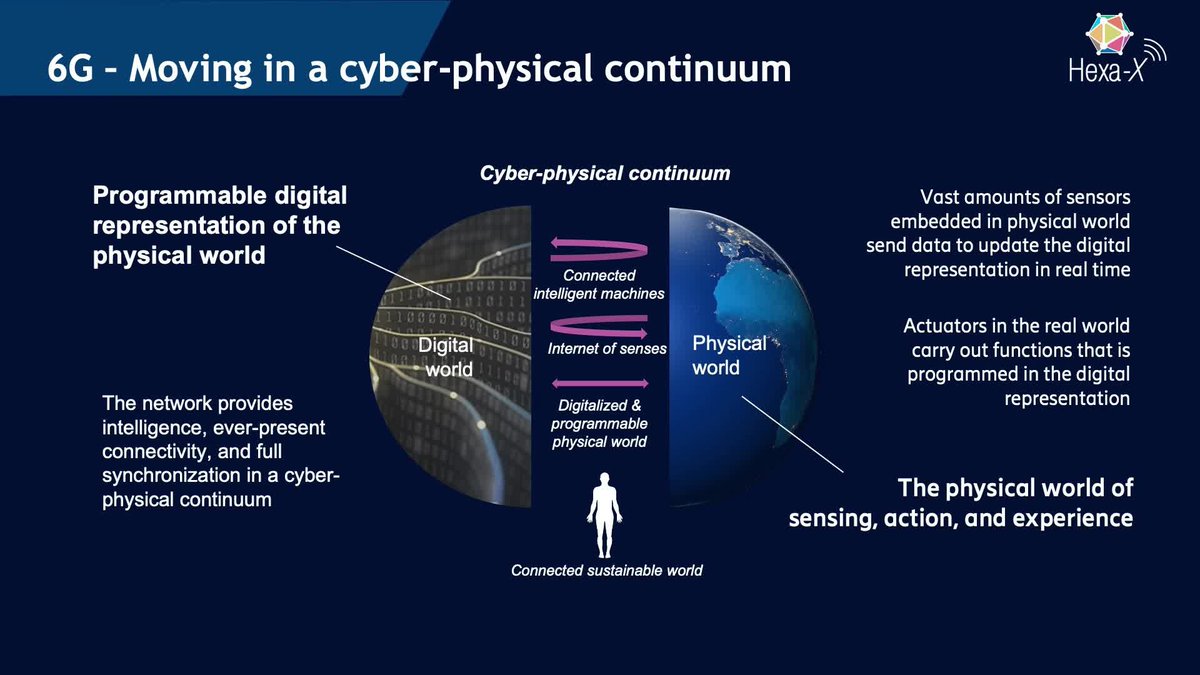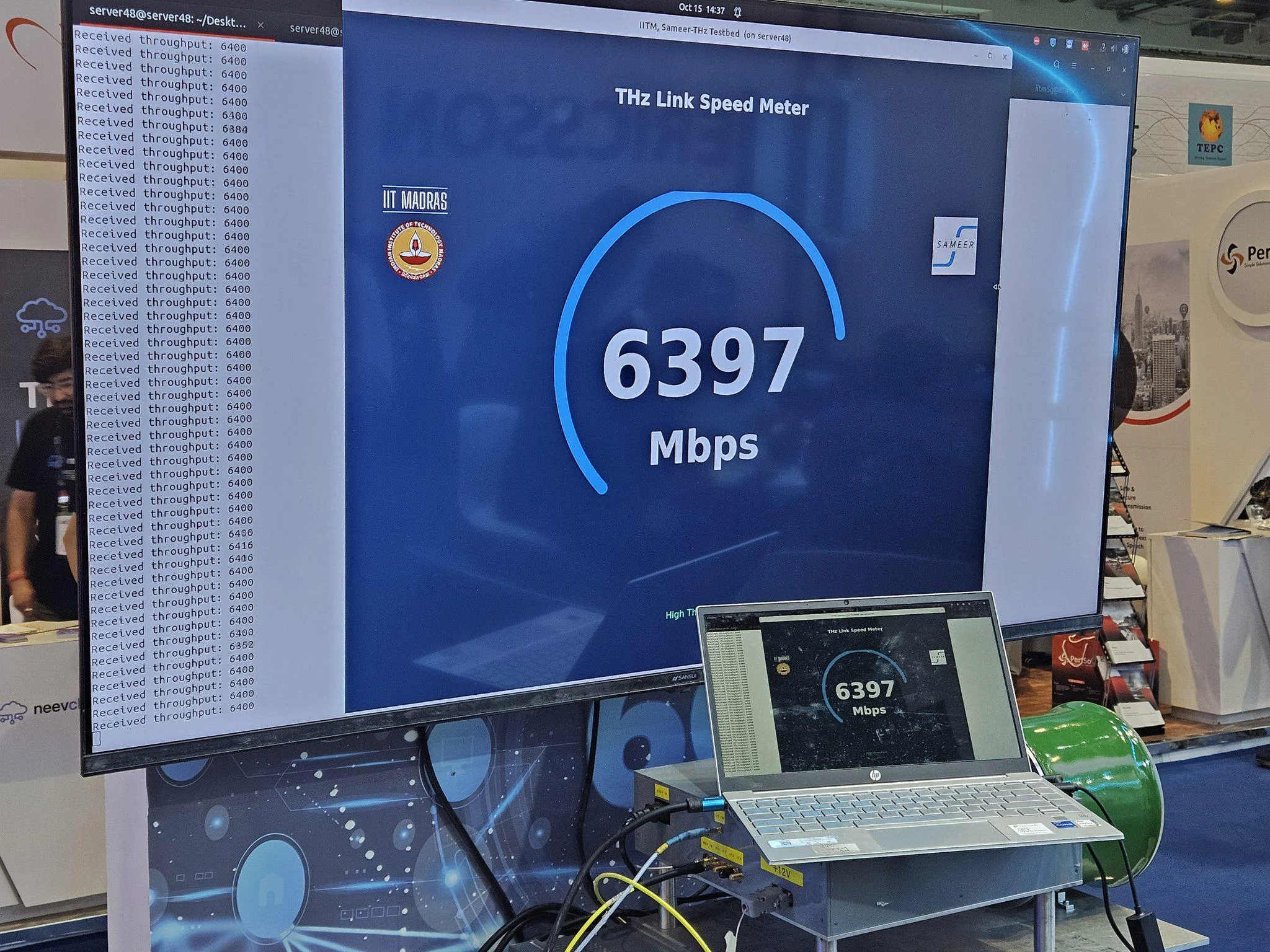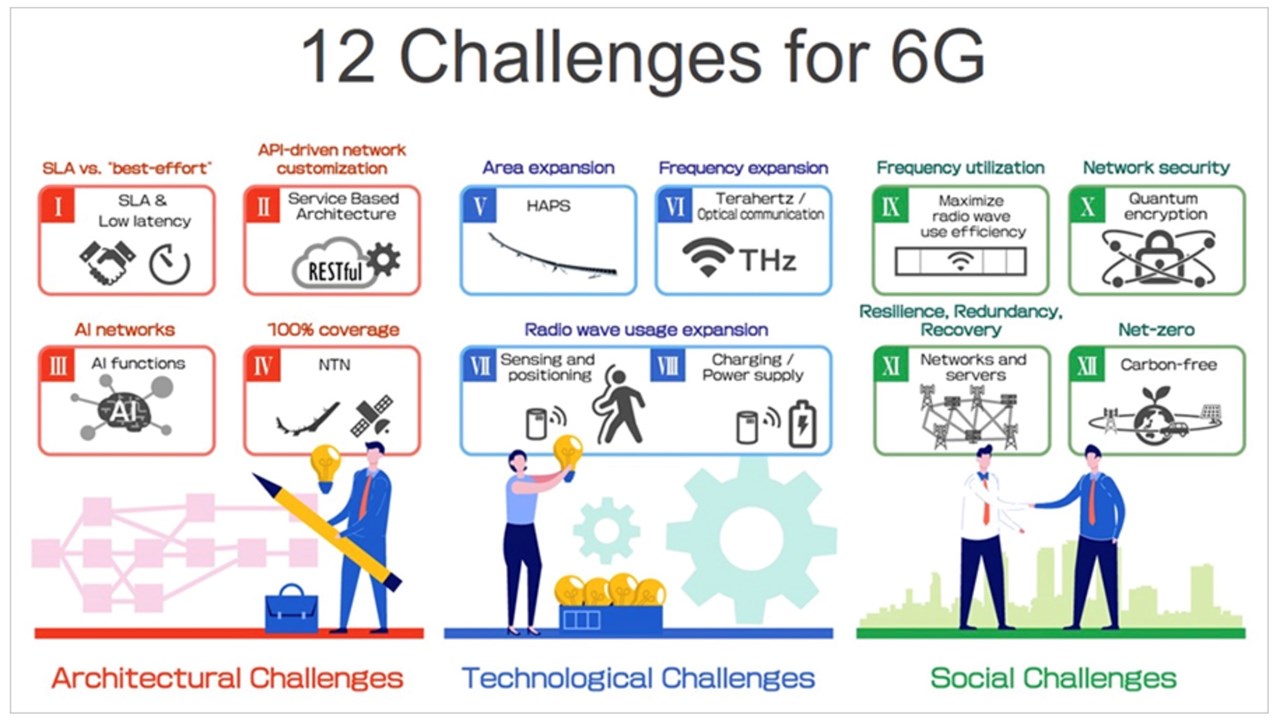
The United Indian

The evolution of wireless communication has been remarkable, with each generation bringing groundbreaking changes. From 1G’s analog voice calls to 5G’s ultra-fast speeds and low latency, these advancements have transformed the way we connect and communicate. Now, the world is abuzz with the next frontier: 6G technology. While still in its developmental stages, 6G promises to revolutionize the digital landscape and unlock unprecedented possibilities.
Understanding the 6G Vision
6G Technology is not just an incremental improvement over 5G; it represents a quantum leap in wireless communication technology. Projected to become commercially available around 2030, 6G aims to address the growing demands of an increasingly connected and data-driven world. Unlike its predecessors, 6G is expected to be more than just a communication network – it will be an intelligent, integrated system that blends physical and digital realities.
How 6G Works: The Technical Mechanism
6G will operate through an advanced network architecture that fundamentally differs from previous generations. At its core, the technology will utilize ultra-dense networks of small, intelligent nodes that communicate using sophisticated beam-forming and massive multiple-input multiple-output (MIMO) technologies. These nodes will dynamically create intelligent, adaptive networks that can instantly reconfigure themselves based on real-time computational needs. Terahertz frequencies will enable extremely high-bandwidth communication, with signals transmitted through advanced semiconductor materials designed to minimize signal degradation. Artificial intelligence algorithms will continuously optimize network performance, predicting and preventing potential connectivity issues before they occur. Quantum communication principles might also be integrated, allowing for unprecedented levels of data security and transmission efficiency. This intelligent, self-organizing network will essentially function like a living, breathing communication organism.
Key Features & Technological Foundations
The development of 6G is built upon several groundbreaking technological concepts:
- Terahertz Communication: 6G will likely operate in the terahertz frequency band (0.1-10 THz), offering unprecedented data transmission speeds. This breakthrough could potentially enable peak data rates of up to 1 terabit per second – approximately 1000 times faster than 5G networks. This will enable seamless streaming of high-resolution video content, instant downloads, and real-time data processing.
- Artificial Intelligence Integration: AI will be deeply integrated into 6G networks, enabling intelligent network management, predictive maintenance, and dynamic resource allocation. The network will effectively become a self-optimizing, cognitive system that can adapt in real-time to changing conditions.
- Advanced Sensing Capabilities: Beyond communication, 6G networks are expected to function as comprehensive sensing platforms. They will be able to collect and process environmental data, supporting applications in areas like autonomous vehicles, smart cities, and advanced healthcare monitoring.
- Reduced latency: 6G will significantly reduce latency, the time it takes for data to travel between devices. This will be crucial for applications like remote surgery, where real-time communication is essential.
- Improved network reliability: 6G will offer more reliable and robust network connections, even in remote and challenging environments. This will be particularly beneficial for critical infrastructure and emergency services.
- Expanded coverage: 6G networks will have wider coverage, reaching areas that are currently underserved or have no connectivity. This will bridge the digital divide and connect more people to the global network.
- Increased Capacity: Massive device connectivity: 6G Networks will be able to support a massive number of devices, enabling the Internet of Things (IoT) to reach new heights. Billions of devices, from smart homes to industrial sensors, will be connected to the network, generating vast amounts of data.
- Efficient spectrum utilization: 6G will utilize advanced spectrum technologies to maximize the available spectrum, ensuring that there is enough bandwidth to meet the growing demand for data.
Potential Applications and Transformative Impacts
The potential applications of 6G technology are both exciting and far-reaching:
1. Immersive Extended Reality (XR) : 6G will enable truly seamless and hyper-realistic extended reality experiences. Imagine holographic communications, where virtual interactions feel indistinguishable from physical meetings. Medical students could perform virtual surgeries with unprecedented precision, and global collaboration could reach entirely new levels of immersion.
2. Autonomous Systems : The ultra-low latency and high reliability of 6G will be crucial for complex autonomous systems. Self-driving vehicles, drone networks, and robotic systems will benefit from near-instantaneous communication and decision-making capabilities.
3. Distributed Intelligent Computing : 6G will support a more distributed computing model, where processing power is dynamically allocated across networks. This could lead to more energy-efficient and resilient computational infrastructures, reducing the load on individual devices and data centers.
4. Precision Healthcare : Wireless health monitoring will reach new heights with 6G. Implantable medical devices could continuously transmit real-time health data, enabling predictive diagnostics and personalized medical interventions with unprecedented accuracy.
Advantages of 6G Over 5G: A Technological Quantum Leap
The leap from 5G to 6G represents a transformative advancement in wireless technology. While 5G offers peak speeds of around 20 Gbps, 6G is expected to deliver breathtaking data rates up to 1 Tbps – a 50-fold increase in transmission speed. Latency will dramatically improve from 5G's 1 millisecond to potentially less than 0.1 milliseconds, enabling near-instantaneous communication. 6G will feature far superior energy efficiency, with intelligent networks consuming significantly less power compared to 5G infrastructure. The network's cognitive abilities will surpass current technologies, with AI-driven self-optimization and predictive management becoming standard. Expanded spectrum utilization in terahertz frequencies will allow for unprecedented bandwidth and connectivity density. Moreover, 6G will integrate sensing capabilities directly into communication networks, transforming wireless technology from a mere communication tool to a comprehensive environmental intelligence platform.
The 6G Cyber-Physical Continuum: Blurring Digital and Physical Realities
The 6G cyber-physical continuum represents a revolutionary concept where digital and physical worlds become seamlessly integrated. Unlike previous network generations, 6G will create an intelligent ecosystem where physical objects, digital systems, and human interactions merge effortlessly. Advanced sensors, artificial intelligence, and ultra-responsive networks will enable real-time data exchange and intelligent decision-making across multiple domains. This continuum will transform everyday experiences, allowing for immersive augmented reality, intelligent infrastructure management, and dynamic environmental interactions. From smart cities to autonomous systems, the cyber-physical continuum will create an interconnected environment where digital information and physical reality become indistinguishable, fundamentally reshaping how we perceive and interact with technology.
India's 6G Network Development Strategy
India is taking aggressive steps to position itself at the forefront of 6G technology development. The government has established the "India 6G Mission" under the Department of Telecommunications, allocating significant resources to research and development. Leading institutions like IIT Madras, IIT Bombay, and the Telecommunications Standards Development Society of India (TSDSI) are collaborating to create a robust 6G ecosystem. The Indian government aims to have a comprehensive 6G roadmap by 2025 and potentially launch initial networks by 2030. Prime Minister Narendra Modi has emphasized the importance of indigenous 6G technology development, setting a goal to make India a global leader in next-generation telecommunications. The strategy includes developing local semiconductor capabilities, supporting startup innovations, and creating a comprehensive research infrastructure that can compete with global technological powerhouses in the 6G domain.
IIT Madras's Bharat 6G THz Test Bed: Pioneering Indigenous Innovation
IIT Madras has emerged as a pivotal institution in India's 6G technology development with its groundbreaking Bharat 6G THz Test Bed. This cutting-edge research facility is specifically designed to explore terahertz communication technologies crucial for 6G networks. Established with support from the Department of Telecommunications, the test bed enables researchers to experiment with high-frequency communication protocols, advanced signal processing techniques, and innovative antenna designs. The facility represents a significant milestone in India's quest for technological self-reliance, providing a platform for developing indigenous 6G technologies that can potentially compete with global research efforts. By creating a comprehensive research infrastructure, IIT Madras is positioning India at the forefront of next-generation wireless communication research.
Global Research and Development
Major technology companies and research institutions worldwide are already investing heavily in 6G research. Countries like China, South Korea, the United States, and Japan are leading the charge, establishing dedicated research centers and collaborative initiatives to accelerate 6G development.
Standardization Efforts
While it's too early for complete standardization, international bodies like 3GPP (3rd Generation Partnership Project) are beginning to lay the groundwork for 6G standards. These efforts will ensure global interoperability and consistent technological implementation.
Environmental and Societal Considerations
6G is not just a technological evolution but a potential catalyst for sustainable development. By enabling more efficient resource management, supporting smart city infrastructures, and reducing energy consumption through intelligent networks, 6G could play a crucial role in addressing global challenges like climate change and urban sustainability.
The Road Ahead
The journey to 6G is still in its early stages. Researchers predict commercial deployment around 2030, but the groundwork is being laid now through extensive research, experimental networks, and collaborative international efforts.
As we stand on the cusp of this technological revolution, 6G represents more than just faster internet – it symbolizes a profound reimagining of how technology can integrate with human experience, breaking down barriers between physical and digital worlds.
The future is not just about connectivity; it's about creating intelligent, responsive ecosystems that enhance human potential in ways we are only beginning to imagine.
Conclusion
6G technology promises to be a transformative force, pushing the boundaries of what's possible in wireless communication. While challenges remain, the potential benefits for healthcare, transportation, education, and global collaboration are immense.
As we look forward to this exciting technological frontier, one thing is certain: the next decade of wireless technology will be nothing short of revolutionary.
Read more in Technology
Jul 01, 2025
TUI Staff
Jun 20, 2025
TUI Staff
Jun 04, 2025
TUI Staff
Jun 02, 2025
TUI Staff

Stay Tuned with The United Indian!
Our news blog is dedicated to sharing valuable and pertinent content for Indian citizens. Our blog news covering a wide range of categories including technology, environment, government & economy ensures that you stay informed about the topics that matter most. Follow The United Indian to never miss out on the latest trending news in India.
©The United Indian 2024

